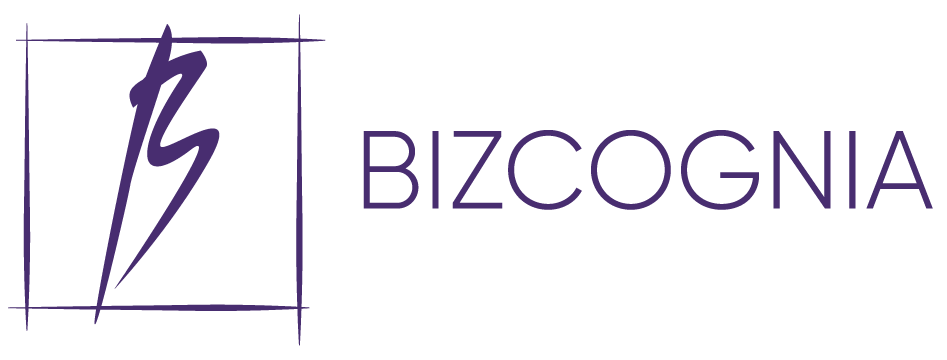Sales funnels are a vital part of any business. By understanding and tracking your sales funnel conversion rates, you can improve your marketing efforts and see a better return on investment. In this article, we’ll explain what a sales funnel conversion rate is, how to calculate it, and some ways to improve it. Read on!
What Is a Sales Funnel?
A sales funnel is a process businesses use to identify and qualify potential customers. It is a way of narrowing down the pool of prospects so that only those most likely to make a purchase are pursued.
The sales funnel typically starts with awareness, where potential customers become aware of the product or service. From there, they move on to interest, where they learn more about it. Next is a consideration, where they evaluate whether or not the product or service is right for them. Finally, there is a decision, where they decide whether or not to make a purchase, and this is where the conversion rate for a sales funnel comes in.
What Is a Conversion Rate?
A conversion rate is the percentage of visitors to a website who take the desired action of a business or marketer.
The conversion rate is crucial because it helps businesses to track how effective their marketing campaigns are. For example, if a company spends $100 on advertising and gets 10,000 visitors to its website as a result, but only 100 of those visitors make a purchase, then the company’s conversion rate would be 1%.
To increase the sales pipeline conversion rate, businesses can test different marketing strategies, such as changing the placement of buy buttons on their website or offering discounts for first-time customers. They can also hire a conversion rate consultant to come up with ways to improve their conversion rate.
Average Sales Funnel Conversion Rate
The average sales funnel conversion rate is the percentage of prospects that move from one stage of the sales process to the next. While no single number can be considered the “average” conversion rate, most experts agree that a good sales funnel conversion rate stands between 20% and 40% of prospects into leads.
According to Databox, the average conversion rate for sales funnels across all industries is 2.5%. Many sources also say that anything between 2% and 5% is a good conversion rate. Of course, the average number may vary from one industry to another.
Wordstream states that the finance industry has the highest conversion rate among the industries, standing at around 5%.
Another shining example of an excellent conversion rate is in Arts & crafts. Conversion rate optimization statistics from VWO place at 4.01%. In other industries, such as retail, the rate is 2.63% on average.
The conversion rate also differs based on where you establish your business on the internet. For example, ad content on Instagram brings about 1.08% conversion, data by Renolon shows.
Invesp reports another interesting fact — businesses that offer products of limited availability have an astounding conversion rate — as much as 16.3%.
How to Calculate Sales Funnel Conversion Rate
There are a few different methods, but the most common sales funnel conversion rate formula is to take the number of leads at the top of the funnel and divide it by the number of conversions at the bottom, and then multiply the number to get a percentage.
For example, if you have 100 leads and 10 conversions, your conversion rate would be 10%. It’s important to remember that only some leads will progress through your funnel at the same rate — some may drop off at the top, while others may linger near the bottom. As such, it’s helpful to track the conversion rate by every sales funnel stage.
Types of Sales Funnel Conversion Rates
Marketers keep track of various conversion rates, but four types are used the most: lead conversion rate, customer conversion rate, repeat customer rate, and overall conversion rate.
The lead, or the visitor-to-lead conversion rate, shows marketers how many visitors to the website become leads or prospects.
The customer conversion rate, also called the lead-to-customer rate, is the percentage of prospects who become paying customers to the marketer by buying their products.
The repeat customer, or customer to repeating customer conversion rate, is used for tracking how many paying customers return to the same marketer to buy their products again.
Finally, the overall sales funnel conversion rate calculation depends on how complex a marketer’s sales funnel is, and it’s used to calculate the percentage of leads and prospects that went through the whole sales funnel.
Sales Funnel Conversion Rate Benchmarks
Benchmarks help businesses track progress and ensure they are moving in the right direction. When it comes to funnel conversion rates, there are a few key benchmarks that every business should know.
The sitewide opt-in rate benchmark is important for online marketers and creators since it shows you how many subscribers you get per month. According to Data Driven Marketing, the average opt-in rate for digital marketers is between 0.5% and 1%. A good conversion rate benchmark would be 2% and higher.
The second benchmark to look at is the top quartile conversion rate. This is the conversion rate of the businesses that are performing the best in your industry. These rates highly vary depending on which industry you are in. For example, according to Statista, online shopping for foods and drinks was the top conversion rate category in 2021.
Finally, businesses should also track their own historical conversion rates. This will help you to see if you are making progress over time and identify any areas that may need improvement.
How to Increase Your Sales Funnel Conversion Rate
Sales funnel metrics are an essential part of any business, but they can be challenging to master. A funnel is only successful if it converts a high percentage of leads into paying customers. There are a few key things you can do to increase your conversion rate and make your sales funnel more effective.
First, make sure you have a clear understanding of your target market. Who are you trying to reach with your funnel? What needs or pain points are they trying to address? Once you know who you’re targeting, you can create messaging that resonates with them and addresses their specific needs, improving your rates, be it B2C or B2B sales funnel conversion rates. Many marketers end up hiring conversion rate experts to help them get a clearer picture of their customers’ needs.
Second, create a strong offer that provides value and incentive for prospects to convert. Your bid should be compelling and have detailed instructions on increasing your funnel conversion rate to close more deals and grow your business. Clearly state what the prospect will receive by converting, and make it something they can’t get anywhere else.
Finally, to ensure funnel conversion rate optimization, focus on the quality of your leads. Not all leads are created equal, and the better quality leads you have coming into your funnel, the better your chances of converting them. Ensure you’re generating targeted traffic to your funnel through SEO, social media, or paid advertising, and then pre-qualify those leads before they even enter the funnel. By doing these things, you’ll be well on your way to increasing your sales funnel conversion rates.
Final Words
A high sales funnel conversion rate is key to a successful venture, and this means that you need to focus on optimizing each step of your funnel to convert as many leads into customers as possible. By understanding the principles of sales funnels and applying them to your marketing strategy, you can increase your conversion rate and see better results from your online efforts.

